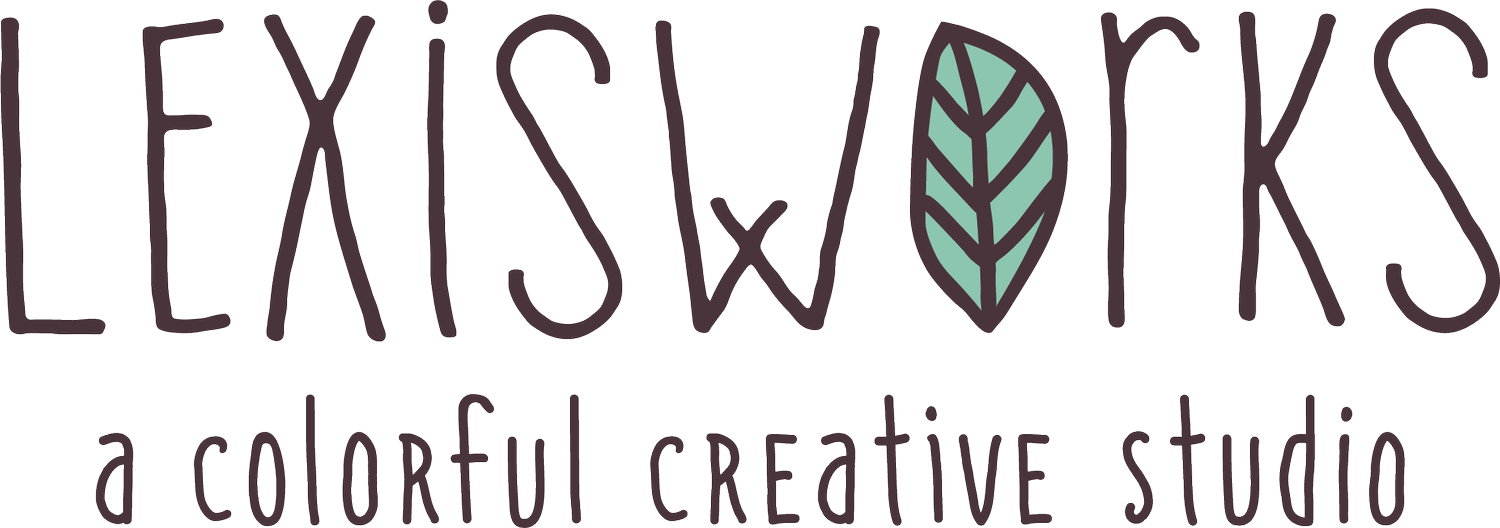Color Magic: How to Use Complementary Colors in Your Art
Ready to take your color use to the next level?
If you’re feeling stuck when it comes to using color in your artwork, you’re not alone. Many women just beginning their creative practice struggle to choose colors that work well together, leaving their pieces feeling flat or disconnected.
But what if there was an easy way to add vibrancy + balance, all by selecting the right color combinations?
In this post, I’ll show you how to use complementary colors to transform your art. I’ll guide you through practical tips + exercises for watercolor + doodling to help you create more dynamic + lively compositions.
It’s possible to take your art to the next level with just a few key color choices + I’m going to show you exactly how to make it happen.
Let’s dive into some simple techniques that will make your work stand out!
How Complementary Colors Add Depth + Energy to Your Art
Complementary colors create a dynamic visual “pop” by heightening contrast + guiding the viewer’s eye. Using these contrasting hues helps to balance energy in your composition, making your artwork feel more alive + full of movement.
In my own work, complementary colors transform the energy of a piece. In the example above, I started with rich blue tones + layered in vibrant orange accents, making the whole composition came to life. The contrast between blue + orange adds a burst of joy + balance, making the artwork feel more dynamic. To soften the intensity + keep the colors from feeling too jarring, I also incorporated pops of lavender + yellow, which helped create a sense of harmony + flow, letting the complementary colors stand out without overwhelming the piece.
Tip: Want to make your complementary colors pop? Try using a fluorescent orange gel pen against blue tones. The bright contrast will draw the eye + add a vibrant sense of energy to your piece, elevating the mood + making your colors truly shine!
Incorporating Complementary Colors in Your Art Practice
When working with watercolor + doodling, choose one pair of complementary colors. Use one as the dominant color + the other as an accent. Watercolors naturally blend, so use the transparency of the medium to layer complementary colors + see how they interact, creating beautiful gradients + depth in your work.
Simple Exercise: Exploring Complementary Colors
This is a fun way to get comfortable with using complementary colors!
Choose one pair of complementary colors—like blue + orange.
Use different shades of each color, loosely defining what “blue + orange” feel right to you. Play with lighter, pastel tones, bolder, jewel tones + bright, vibrant shades.
Let one color be the dominant base + use the other as an accent or highlight.
Layer + blend your watercolors to create depth, then add doodles on top to see how the contrasting hues interact + bring energy into your composition.
Next Level: Try adding extra colors to your complementary pairs for added depth.
Looking to dive deeper into color harmony?
Check out The Color Playbook—a fun, approachable guide to help you make confident, intuitive color choices that bring joy + balance to your artwork.
Embracing Playfulness with Complementary Colors
Experiment Without Fear:
Let go of the need for perfection + embrace the process. Complementary colors are all about exploration + play, helping you bring joy + energy into your artwork.
Let go of the need for perfection + embrace the process.
Finding Joy in the Process:
Using complementary colors is a fun + joyful way to bring life into your artwork. As you experiment with these pairings, focus on how the colors make you feel—whether they create a sense of excitement or calm. This practice is about more than just visual appeal; it’s about enjoying the flow of creativity + discovering new ways to express yourself.
Color Mixing Tip: To dull a vibrant color, try mixing a small amount of its complementary color into it, instead of adding black. This method keeps the color rich + balanced while reducing its intensity.
Adding black can often make a color look flat or muddy, while mixing in its complementary color creates a more natural tone, maintaining depth + harmony in your artwork.
Unlock the Magic of Complementary Colors
Using complementary colors can transform your artwork, adding depth, energy + vibrancy. By experimenting with contrasting hues, you create a balance that brings your art to life. What might seem intimidating becomes joyful + approachable when you embrace the process.
Start noticing color pairings you enjoy in everyday life—whether in nature, fashion, or décor. Spot complementary colors + use them as inspiration for your own artwork, helping you bring balance + vibrancy into your creative process. This simple observation can make the idea of using complementary colors feel more natural, turning what might seem like a complex concept into an approachable way to enhance your artistic practice.
Let complementary colors guide you to more playfulness + self-expression in your creative practice. The possibilities are endless when you allow colors to spark your imagination.
Ready to Dive In?
Sign up for The Art of Joy + receive my FREE Mini Folded Coloring Book—a playful way to explore color + creativity in small, joyful moments. It's a fun, relaxing tool to inspire your next creation + perfect for exploring complementary color pairs in a playful, easy way!
For more creative ideas, check out my blog post 3 Watercolor Shapes for Stunning Results—a go-to guide for filling a page with colorful watercolor shapes that will keep you inspired + encourage you to stay engaged with your watercolor practice!
If you're here because you're looking for creative guidance + ways to unlock your artistic potential, I’m truly glad you’re here because I’m here to help.








